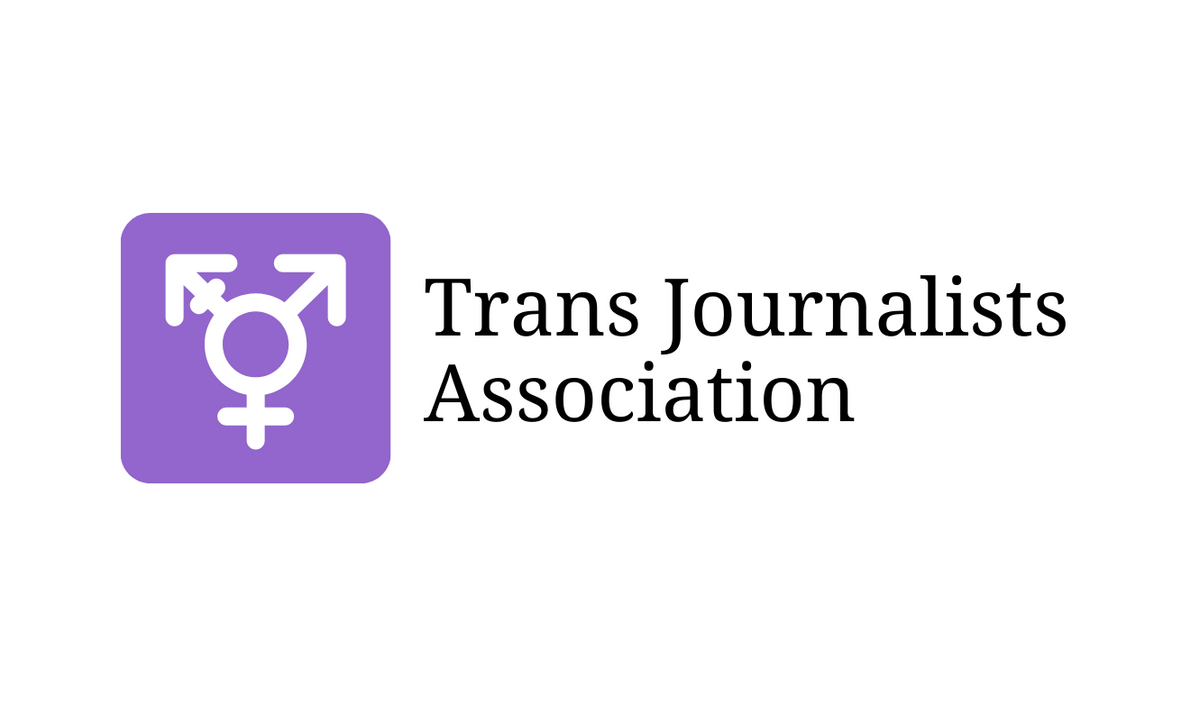A statement on the shooting at Club Q in Colorado Springs

In the wake of the mass shooting at Club Q this past weekend, the Trans Journalists Association seeks to assist journalists in covering this tragedy with sensitivity and accuracy.
In support of efforts by the National Lesbian and Gay Journalists Association to promote responsible coverage of news events affecting LGBTQ people, we want to highlight some key guidance:
- Prioritize existing best practices for covering mass shootings, their victims, and their perpetrators:
Name recognition and public attention are well-documented motivating factors for mass shooters. It’s best practice, as well as a consistent request of victims’ families, to minimize media attention on mass shooting perpetrators. Instead, journalists should focus on the victims. The Dart Center for Journalism and Trauma has compiled a list of resources for newsrooms covering the shooting. The Center for Journalism Ethics also offers A Guide to Less-Extractive Reporting.
It is additionally important to keep in mind that sharing partial, un-fact-checked, or contextless information and public records during breaking news events can have outsized consequences for members of marginalized communities.
- Talk to trans people about trans people:
When reporting a story about trans issues, trans people should be interviewed and quoted as experts, not just subjects.
- Don’t print sources deadnaming or misgendering a trans person:
A friend, family member, or the police may misgender or deadname your source. Do not use that quote in your story unaltered. Use brackets to replace the incorrect information with the correct information for text stories, or paraphrase the quote. For video or audio stories, reporters should find another clip or write around the deadnaming or misgendering. If this is not possible, consider not using this person as a source.
If someone's gender or name has been incorrectly identified in a large amount of prior news coverage, it may be appropriate to briefly mention that their gender was incorrectly identified in a sentence in the article, while taking care to correctly identify the person's gender going forward.
- Identify people correctly when writing about them in the past:
Use someone’s current name and pronouns when writing about that person in the past, unless they tell you differently.
- Don’t assume a source’s gender or pronouns:
Don’t assume someone is cisgender or transgender based on their appearance, gender presentation, or pronouns. Police reports, public documents, or statements from family members can likewise incorrectly identify a person's gender. Even social media profiles can be misleading, outdated, or incomplete. The best and most effective way to determine a person's name and pronouns is to ask for their self-identification. If it is not possible to obtain self-identification directly from an individual, reference publicly available information and then explain how someone’s identity is unclear (e.g. a social media post by an individual’s friend that contradicts a police report). Think twice about identifying someone in a specific way based on, for instance, joke pronouns or general comments. Journalists have mistakenly identified people as transgender or nonbinary based on partial information, only for those individuals to later clarify that they are cisgender. And breaking news commonly misidentifies transgender people.
- What to do if you can’t determine someone’s gender or pronouns:
Do not avoid using names or pronouns simply because someone is transgender or nonbinary. Write around pronouns only if you cannot determine someone’s personal identification through alternative routes (e.g. an unidentified person).
- Never out your sources:
Take extra care not to out your sources. Some trans people may be out to certain people in some contexts but not want to be out publicly. Like with any source, make sure they understand the implications of being featured in your report. Clarify with them whether sensitive information they’ve shared is on-the-record.
- Avoid hyper-focus on the way trans people look:
Do not over-describe the way trans people look. Do not focus on a trans person’s appearance any more than you would focus on the appearance of a cis person in your reporting. Journalists should not use descriptions calling attention to the gender trans people were assigned at birth.
- Report carefully on anti-trans hate:
Like anti–gay rights groups or climate science deniers, anti–trans rights groups and individuals push an agenda at odds with medical best practices and human rights. Giving anti–trans groups a platform isn’t being unbiased, but rather giving fringe ideology outsized influence. When quoting people with this ideology, take care to fact-check their claims within the article. Do not spread disinformation.
- Take care when reporting on anti-trans violence:
Journalism about murdered trans people often reduces those people’s lives to their gender and the crime against them. Instead, these stories should seek a more nuanced snapshot of the victim that doesn’t sensationalize their life. Additional information about covering trans homicides with sensitivity can be found in the FAQ for Reporters Writing about Anti-Trans Violence written by the Trans Journalists Association, Media Matters and the Human Rights Campaign as well as GLAAD’s More Than A Number report.
For more in-depth discussion of these topics, please visit TJA’s style guide. The National Lesbian and Gay Journalists Association maintains a broader style guide covering LGBTQ+ terms and issues. Additionally, The Associated Press has released a topical guide as part of its stylebook focusing on queer and trans-related terms.
